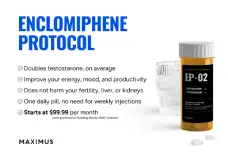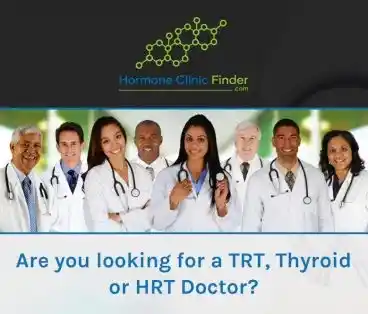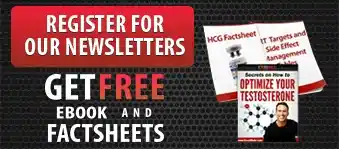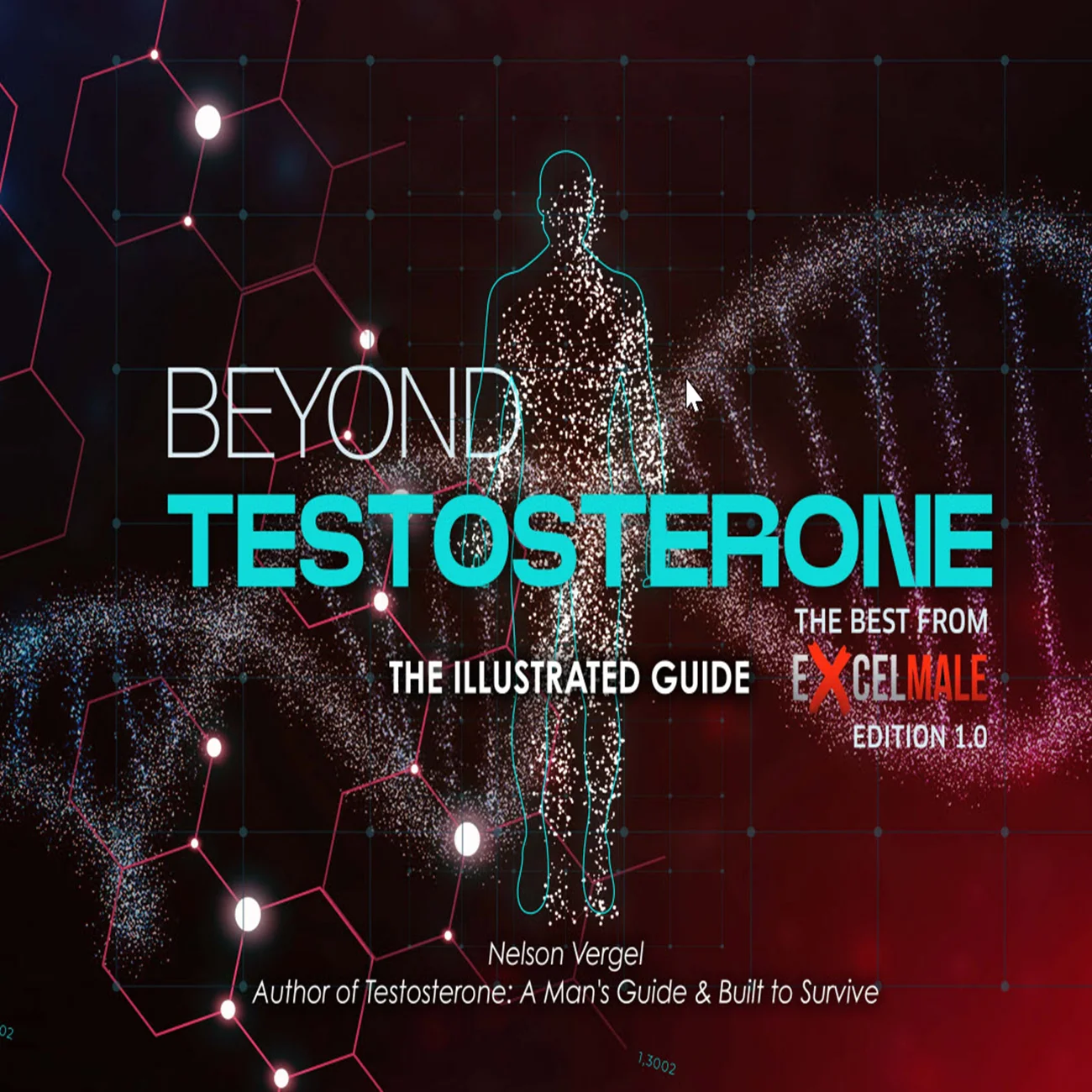My question might be a basic one, but what is the purpose of Sex Hormone Binding Globulin (SHBG)?
In general terms I appreciate that SHBG binds to Total Testosterone (along with Albumin) to give us Free Testosteron.
My question is not about what “normal values” of SHBG might be, it is more fundamental than that …… what does the body use the SHBG bound testosterone for?
Is SHBC the bodies method of reducing excess (perceived) free testosterone or …. ?
_________________________________
Thread Summary:
The provided texts from the Excel Male TRT Forum explore the complex role of Sex Hormone Binding Globulin (SHBG) in male hormone health. Discussions center on its function in regulating testosterone bioavailability by binding to hormones like testosterone and estrogen, thereby influencing the levels of free and bioavailable testosterone. The forum addresses common misconceptions, particularly concerning how SHBG impacts total versus free testosterone in both natural physiology and during Testosterone Replacement Therapy (TRT). Additionally, the sources touch upon factors affecting SHBG levels, such as aging, liver conditions, thyroid issues, and other hormones, alongside potential interventions to manage them for optimal health.
In general terms I appreciate that SHBG binds to Total Testosterone (along with Albumin) to give us Free Testosteron.
My question is not about what “normal values” of SHBG might be, it is more fundamental than that …… what does the body use the SHBG bound testosterone for?
Is SHBC the bodies method of reducing excess (perceived) free testosterone or …. ?
_________________________________
Thread Summary:
The provided texts from the Excel Male TRT Forum explore the complex role of Sex Hormone Binding Globulin (SHBG) in male hormone health. Discussions center on its function in regulating testosterone bioavailability by binding to hormones like testosterone and estrogen, thereby influencing the levels of free and bioavailable testosterone. The forum addresses common misconceptions, particularly concerning how SHBG impacts total versus free testosterone in both natural physiology and during Testosterone Replacement Therapy (TRT). Additionally, the sources touch upon factors affecting SHBG levels, such as aging, liver conditions, thyroid issues, and other hormones, alongside potential interventions to manage them for optimal health.
Last edited by a moderator:












